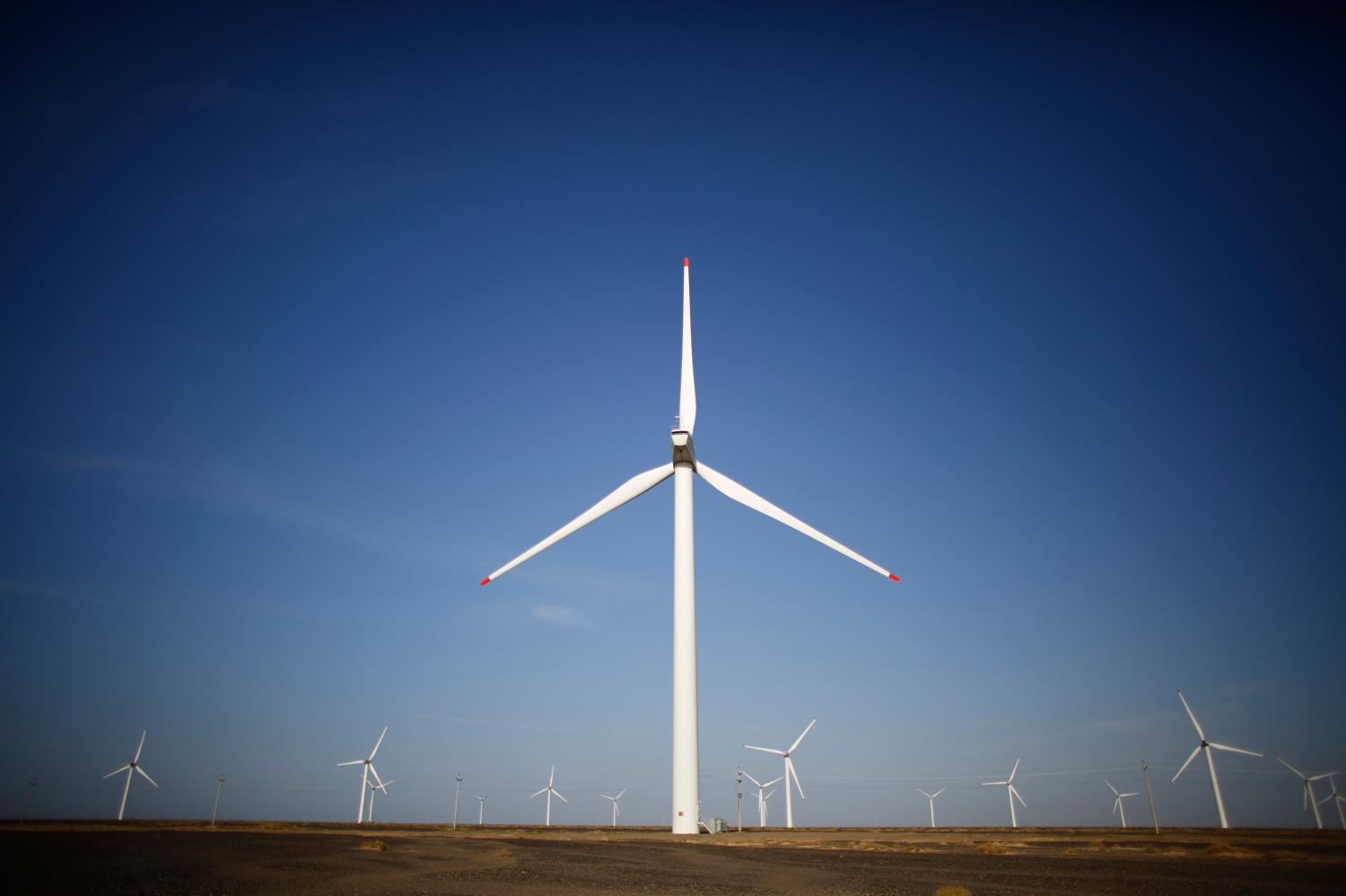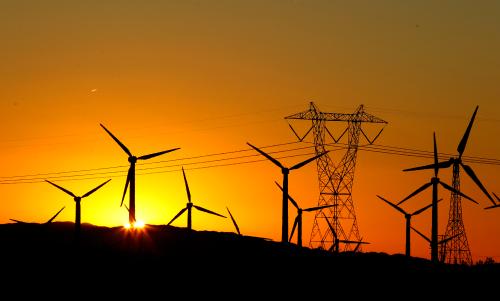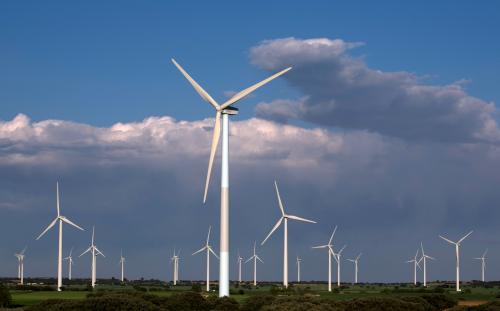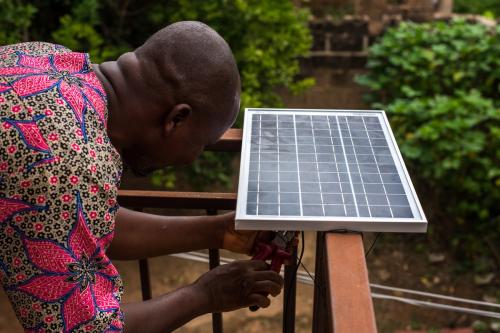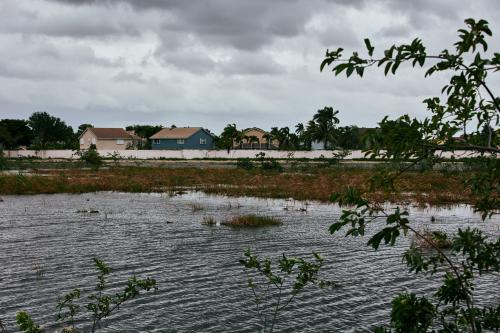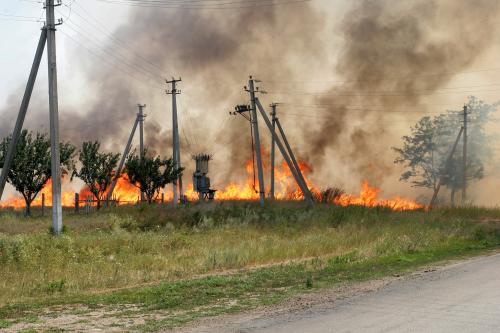Content from the Brookings-Tsinghua Public Policy Center is now archived. Since October 1, 2020, Brookings has maintained a limited partnership with Tsinghua University School of Public Policy and Management that is intended to facilitate jointly organized dialogues, meetings, and/or events.
The Brookings-Tsinghua Center has launched a research project, China’s Energy in Transition, to provide an assessment of how to transform China’s energy system to a climate- and environmentally-friendly one, and to assist policymakers and the general public in understanding the complexities of the topic and challenges ahead. The following report is the first major piece in this series.
Riding the high tide of clean energy development, China has successfully fertilized the biggest renewable industry in terms of both installation and equipment manufacturing. Renewable energy, a key part of China’s national strategy to combat climate change and air pollution, is replacing coal at an accelerating pace: China’s investment in renewables grew by 100 times compared to 2005 and accounts for one-third of global investments in renewable energy today. China aims to boost its wind power installation to 250 gigawatts and solar to 150 gigawatts by 2020. As a result, China’s renewable energy consumption increased steadily over the past two decades, representing 11 percent of its total energy usage in 2016.
However, curtailment of renewable electricity generation—i.e., the abandonment of electricity generation of effective power capacity—is becoming part of the “New Normal” even as wind and solar installation expand across the country. From 2010 to 2016, 150.4 million megawatt hours, or as much as 16 percent of overall wind generation, was abandoned. Over the last 6 years, the opportunity cost of wind power curtailment in China is estimated to exceed $1.2 billion. The total energy loss is equivalent to 48 million tons of coal consumption, or 134 million tons of CO2 emissions, which is equivalent to about 1.5 percent of China’s total emissions in 2016, equal to the total emissions of Algeria in the same year.
Figure 1: Wind power installation and its annual increase in China (2010 – 2016)

Source: Wang Zhaobin, “Report on China’s Wind Curtailment” July 2014; Wind Industry Monitoring (2011 – 2016), NEA.
Direct causes for curtailment change over time and across different provinces. The two phases of wind curtailment are caused by different mismatches. During the first phase, from 2010 to 2012, the main causes of curtailment were the rapid growth of installation and inadequate buildup of transmission grid in the early stage of development. This curtailment phase was alleviated by the construction of more grid connection in 2013 and 2014. In the second phase, after 2014, the demand for electric power was slowed down due mainly to economic deceleration. Competition among all sources of power supply resulted in abandonment of electricity from wind and also from other sources.
The decelerated electricity demand creates a window of opportunity for “green dispatch” and “priority dispatch” to prioritize distribution of renewable sources and shut down carbon- and pollution-intensive power plants. However, the fragmented and provincial-based electricity sector has been failing to do both. The mismatch between new technology and the old electricity governance system is the cause behind the curtailment issue. Fragmentation in electricity and energy governance has seriously backfired in electricity system planning. At the national level, multi-agency regulation makes it difficult for comprehensive cooperation and integrated planning. Without an agency with authority to conduct integrated planning, system inefficiency and cost could rise significantly. The volatility of renewables makes this particularly important. At the provincial level, local interests and economic protectionism define the boundary of electricity operation. Province-based electricity operations limit the system’s ability to absorb wind volatility, hinders system reliability, and increases operational cost.
To learn from the successful practices in the United States, we found that the coordinated and integrated planning, emphasis on system flexibility, functioning wholesale market and careful market design, expanding operational accessibility, and advancing forecasting are critical requirements for greater renewables penetration. The following table summarizes five areas of the power sector that facilitate different levels of system flexibility in China and the United States.
Table 1: Comparison of the power sector governance between the U.S. and China

We propose three policy recommendations to address the wind curtailment problem in China. We encourage the Chinese government and stakeholders to:
- Establish a regional electricity market pilot program to break the inter-provincial barriers. China initiated some provincial pilot market programs in 2017, and the emphasis now should be to break the inter-provincial barriers to build an effective regional market. The government should consider taking a step further to enhance the pilot program to regional level.
- Carefully design a regional market that balances the market power of different players. We suggest placing the balance of market power at the center of the market design to minimize potential conflict and political dispute among players, and to ensure the sustainability of electricity market reform. Market mechanisms, such as long-term/short-term contracts and futures, can help mitigate market fluctuation and imbalance.
- Improve wind forecasting and operate based on the forecast. Wind generators can cooperate with the grid operators and researchers to advance their forecasting technology, and each should adopt multiple forecasting measures to improve accuracy. System operators should integrate advanced forecasting techniques into market operations, the control room, and other standard operating practices.

